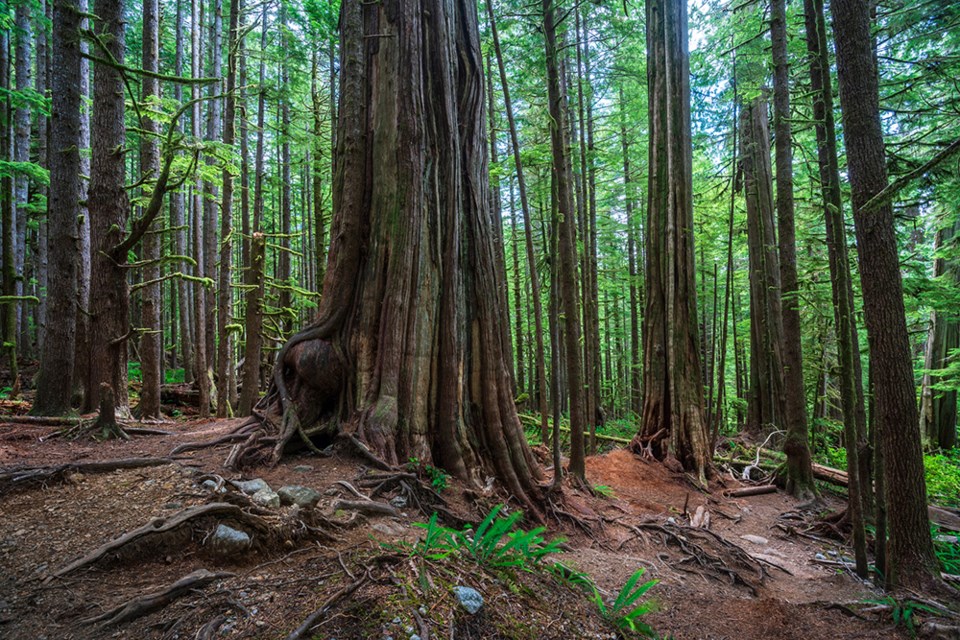If you ask an Indigenous elder the word for tree in their language, they may look puzzled or even amused. “Which tree?” they might ask. For they each have a story.
“This tree over here is speaking to us about the fire it survived because its roots grow deep. The healing scar on its bark tells us it was also a warming tree for our ancestors, who would light a section of its sap and warm themselves up on long journeys.”
That is just its introduction. Wait until it gets going. Trees have a lot to say. The better question might be: Are we listening?
How might our understanding of the natural world change if our language embodied more story? Written languages that are pictographic like Japanese Kanji have a story or image as the root for each character rather than letters which are of themselves meaningless. There is a richness there that is unparalleled.
How beautiful to speak in such a way that captures the story of what we are addressing. It may not seem efficient, but it certainly is wholesome and rich.
Without fully seeing a plant, animal or person, there is a lifelessness that descends, a disintegration of truth. Anything out of context is depersonalized and inevitably less valued.
Consider how you might feel seeing roadkill that is a raccoon versus a pet. What is the difference other than relationship and a sense of time spent to cultivate a deeper knowing?
How might we change the way we speak, and in so doing, the way we see? You certainly could learn another language, but it might also have the same limitation as English, where so much gets lost in translation.
Instead, we can begin seeing the natural world from a different filter than words. It’s a radical shift. We might start noticing everything in a more fulsome way.
Forests could transform into homes for black bears and songbirds, places to find shelter on a rainy day, entire biomes where fungi thrive, sources of heat for your winter hearth, and so very much more.
From this wordless perspective, you may see and learn more than you ever imagined was available right before you all along. By watching how plants and animals behave we are introduced to the wisdom of the natural world that we often lock ourselves away from, even when it’s right in front of us. We will begin to observe what conditions allow beings to thrive.
Most often what we discover is that all life has the same basic needs: unpolluted water, clean air, food and healthy community. On top of these, we notice in nature a seasonality, a time to rest and a time to move. There is also care-giving within even plant communities that make all members resilient to unexpected change.
Plants and animals display a sensitivity that many humans have lost. By coming into tune with them, we could tap into their insights, alerting us to all manner of things such as dangers or sources of good food and water.
As we learn to truly see nature, we may cross over into the understanding that we are a part of it. When it suffers, so do we all. When it is in balance, so are we.
Let’s Talk Trash is qathet Regional District’s waste reduction education program. For more information, email [email protected] or go to LetsTalkTrash.ca.



